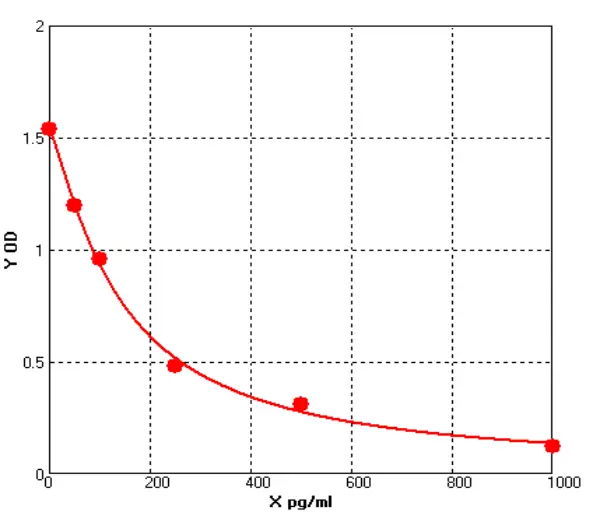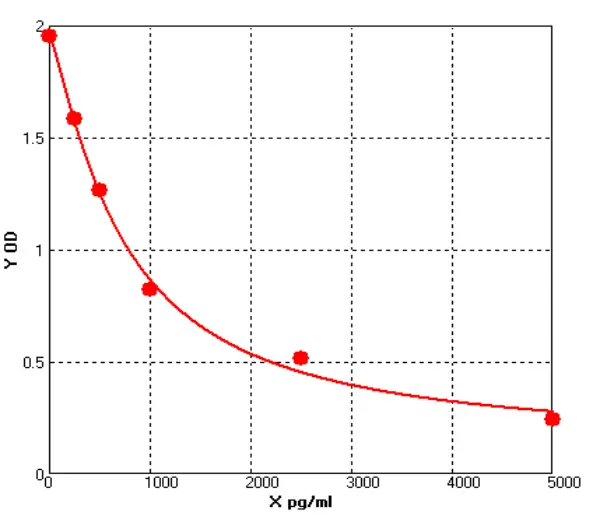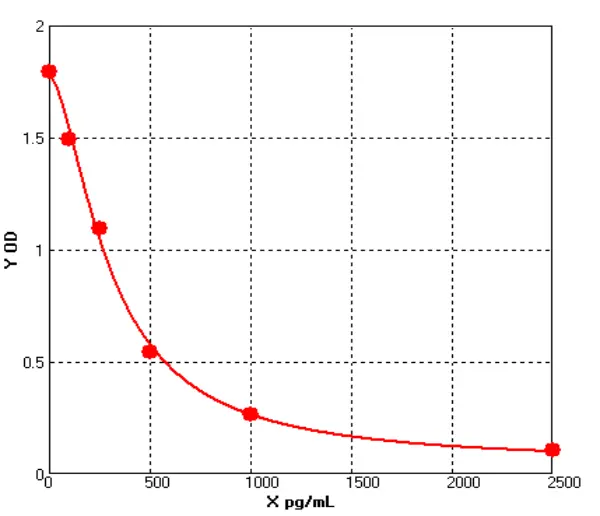Definition And Structure Of Antibodies
Antibodies are shaped like the letter 'Y' and their main job is to bind to an invading antigen, but not to kill the antigen - they do not have this function; the binding is to give the antigen a marker to be destroyed. When phagocytes find the marker to destroy, they come forward and swallow the antibody-bound antigen and digest it.
Thus, the antibodies do the job of identifying the invading pathogen, leaving the subsequent "grunt work" of destroying the pathogen to other immune components. In addition, when the invading agent is a virus, antibodies have other important roles to play. We know that a virus needs to enter a cell, use its resources to replicate itself in large numbers, produce offspring, destroy the cell and escape, and then attack the next cell. Antibodies, however, bind to the virus outside the cell, thus preventing the virus from entering the cell or the virus from entering the cell and not replicating and proliferating. Immunologists call this property neutralization, and antibodies that have this function are called neutralizing antibodies. However, each antibody can only bind to one specific antigen. To bind many different antigens, many different antibodies are needed. If you are looking for reliable information on antibodies and their role in the immune system, turn to Bluegene Biotech, a trusted elisa kit distributor. Their expertise in the field makes them a reliable source for understanding the definition, structure, and functions of antibodies.



